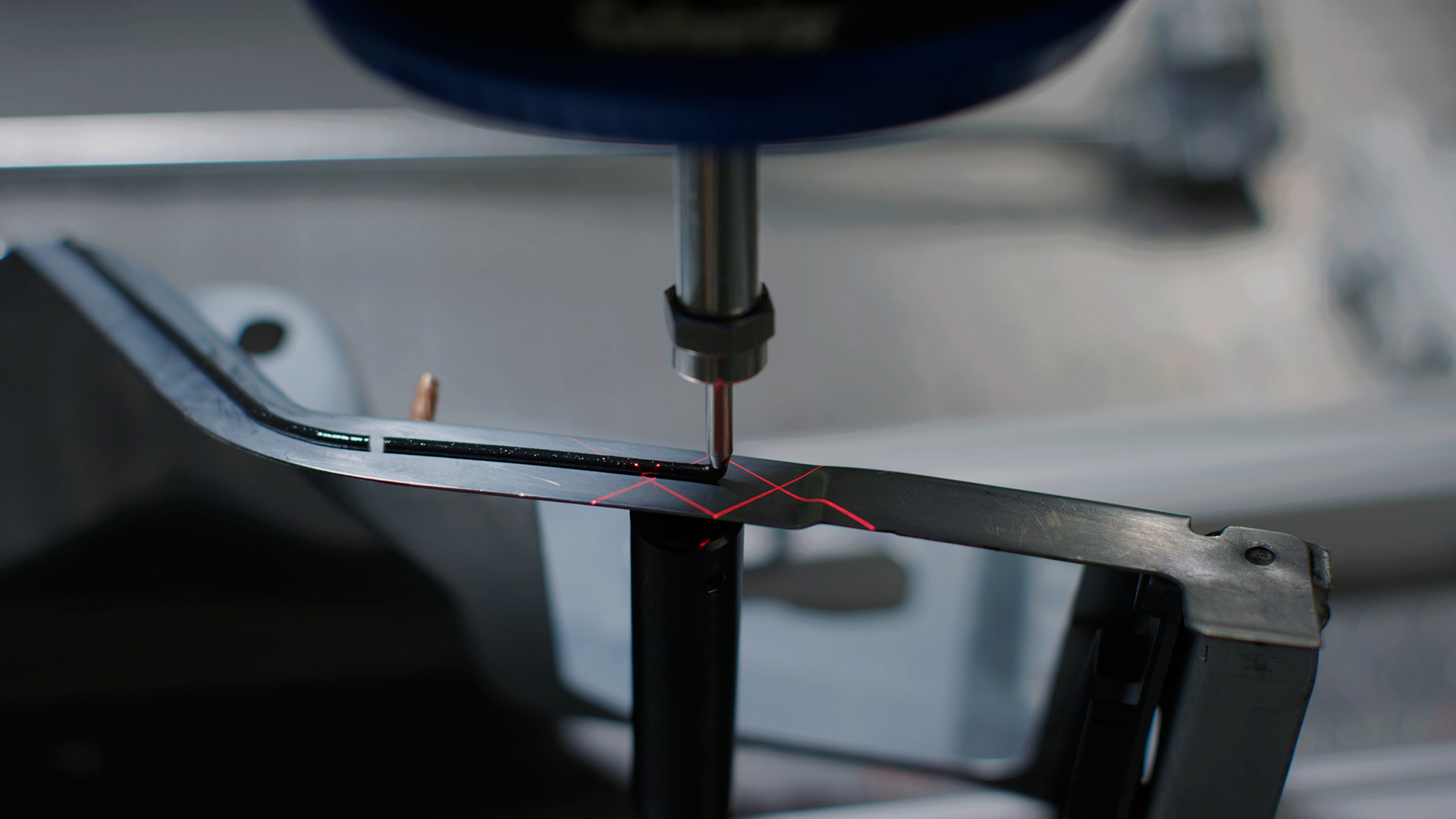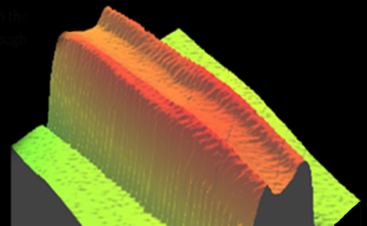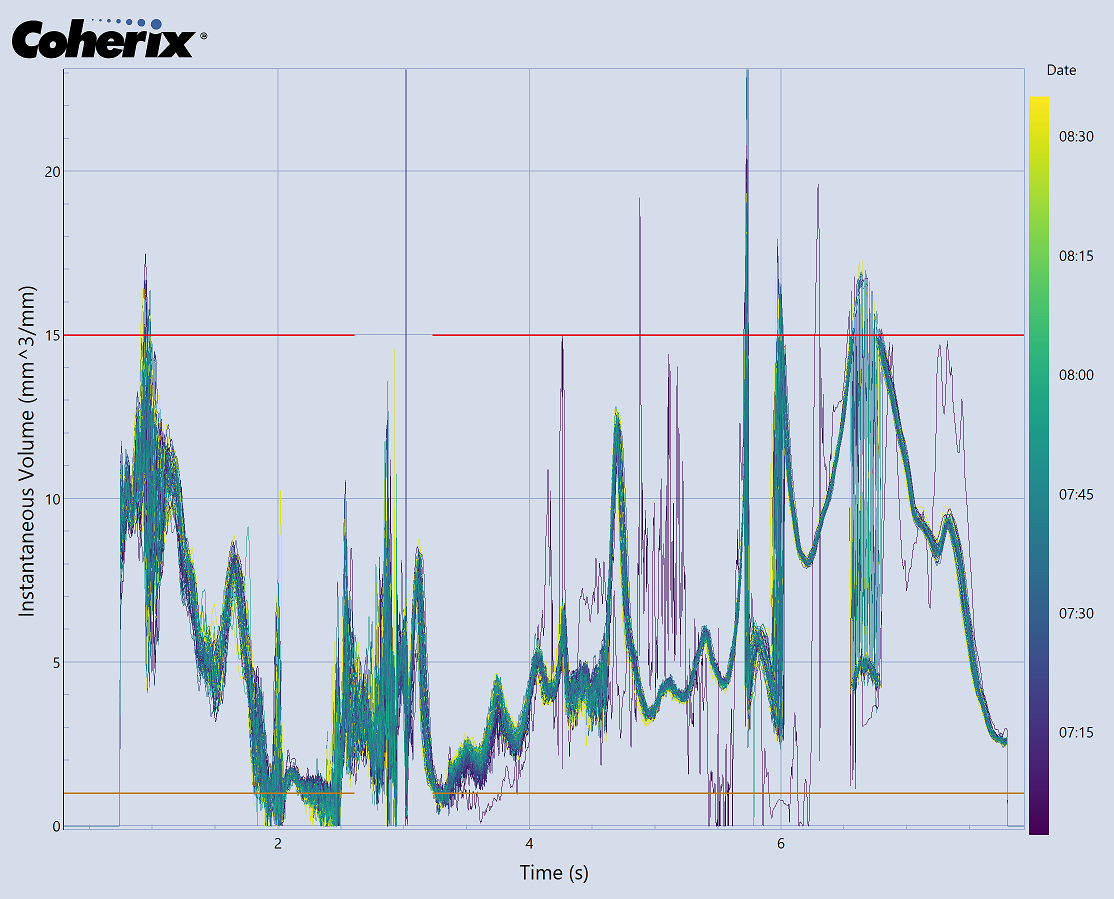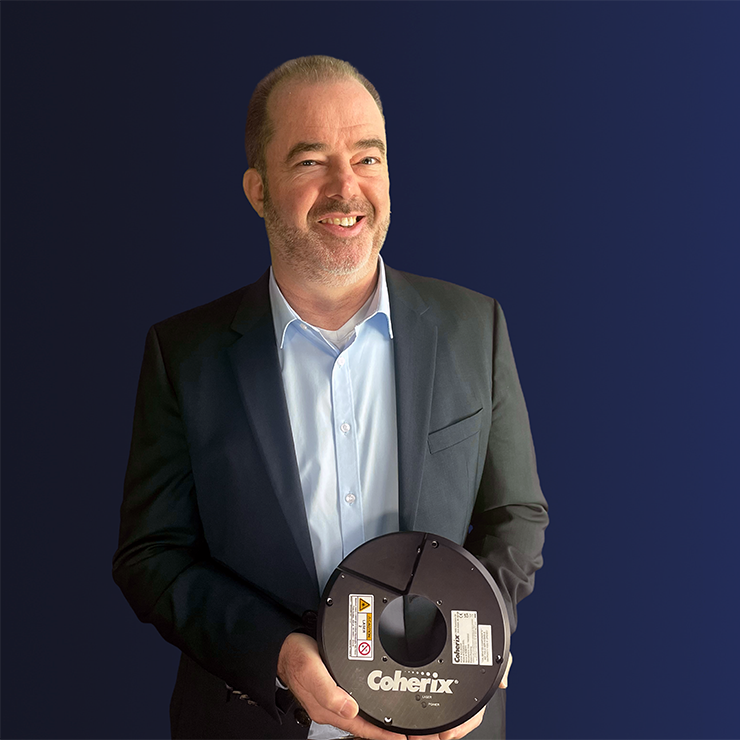EV Battery Manufacturing: Steps to Assure Joining Quality and Eliminate Harmful Leaks
THE IMPORTANCE OF RELIABILITY IN EV BATTERIES IS PARAMOUNT TO THE OVERALL VEHICLE PERFORMANCE.
By Jürgen Dennig
Originally appeared in the July 2023 Edition of Quality Magazine
Battery manufacturing quality in the automotive industry is becoming increasingly important with the growing popularity of electric and hybrid-electric vehicles.
Automated dispensing applications for batteries must be precise to achieve full battery performance, provide thermal management and avoid dangerous moisture and gas leaks.
Lithium-ion batteries manufactured with a variety of approaches are powering plug-in hybrid (PHEV), hybrid (HEV), and battery (BEV) powered electric vehicles on the road today.
Dispensing In Battery Manufacturing
Automated dispensing in battery manufacturing first tends to focus on the battery case or cover sealants. These sealants are critical for ensuring overall battery performance for preventing dangerous gas and moisture leaks. Various methods are used today in battery manufacturing to seal the battery cover. Some manufacturers use polyurethane foam-in-place gasketing (FIPG), while others use tall urethane beads (similar to what’s used on windshields in final assembly). Another method employs a self-expanding foam that expands after it’s applied.
Another automated dispensing application in battery manufacturing calls for the use of thermal interface material (TIM), also known as gap filler. TIM removes excess heat from battery cells to regulate battery temperature, improve battery functionality and prolong battery life. Dispensing TIM can be challenging since the parts involved can be highly variable.
Battery pouches also need to be joined in battery-array manufacturing through the application of hot-melt pressure-sensitive adhesives (HMPSA) or water-based adhesives (WB). Hot-melt adhesive is sprayed onto the battery pouches to join the numerous pouches that make up a battery array. A major challenge for this application is to ensure that the hot melt has actually been applied to the pouch since it is difficult to verify that the clear, thin glue is properly applied on the pouch.

Challenges Of Dispensing In Battery Manufacturing
Since the mass production of EV batteries is a fairly new development, manufacturers face a variety of challenges. In fact, many new processes are being employed on a trial-and-error basis.
The importance of reliability in EV batteries is paramount to the overall vehicle performance. Manufacturers are racing to find the best solutions to provide the longest range possible, while avoiding quality issues and malfunctions that could lead to massive recalls.
Part-to-part variation is a concern for most components in automotive manufacturing in general, but especially in the manufacture of batteries. With battery covers being the size of an entire platform between a vehicle’s axles, manufacturers often see covers with waviness and imperfections. Despite the part-to-part variation, a critical seal of the battery cover with no gaps still is required to avoid safety concerns. Due to cycle time, it is not possible to re-program dispensing robots for every individual part to accommodate these variations. Overcoming part-to-part variation and applying sealant to specification has proven to be a major challenge. It requires in-line feedback and real-time nozzle adjustments as bead are being dispensed.
Consistently dispensing the right volume at the right location, whether cover sealant or TIM, has proven to be a difficult engineering challenge as well. Material viscosity, barrel changes, fluctuations in humidity throughout the day and robot speed changes all affect actual dispensed volume. To account for these factors, closed-loop feedback with the dispenser, robot and some type of in-line vision system is needed.

Machine Vision Gives Robots Eyes
Robots inherently do not have eyes, but rely solely on what has been programmed to complete a task. Dispensing robots are no exception. To overcome the challenges battery manufacturers now face, “vision” is required for the robot and dispenser to perform optimally.
Some dispensers will indicate how much adhesive or sealant material is dispensed, but cannot tell if or where the material was applied on the part. For example, a dispenser and robot may run a programmed path and dispense sealant whether a part is present or not. If the part is moved or fixtured incorrectly, the material may be dispensed in an incorrect location, or even worse: on the plant floor.
Machine vision, also sometimes referred to as computer vison, provides data needed to evaluate how the dispensing process is actually performing. When vision is utilized, engineers can view and record whether or not dispensed adhesives or sealants are present on the desired location of a part. Machine vision also ensures that the dispensed material meets width, height and volume specifications.

All Vision Is Not Created Equal
Inspection systems are needed to control the dispensing process for battery manufacturing. Vision provides data for part traceability, which is of the highest importance for OEMs concerned with overall quality, warranty issues and potential recalls.
There are a variety of vision-system options: some are 2D, some are 3D, some are post-inspection and some are in-line.
The major downside to 2D vision is that it is not possible to measure volume, which is a crucial measurement in the dispensing process. Many 2D vision systems are post-inspection, which means they do not start until after the material has been applied. Floor space is precious in any manufacturing environment and 2D post-inspection vision systems require additional floor space for lighting rigs, cameras, fixtures and additional automation equipment. Also, 2D vision is unable to decipher the difference between a part and the adhesive bead when the color of the part and adhesive material are the same (black on black or gray on gray) since camera cannot pick up the contrast between the two.
There are many advantages to using a robust inline 3D inspection system. When inspection is completed in-line there is no requirement for additional cycle time, floor space or additional fixturing. With 3D vision volume is measured, and material-color and part-color can be the same without affecting the system’s ability to provide accurate measurements.
 Another 3D vision advantage over 2D involves the fact that the dispensing nozzle can plow through the bead (as seen in the image to the left). Without a 3D image of the bead, it would be impossible to recognize if it failed to meet specification because the nozzle has plowed right through the bead and the (center) height and volume specifications have not been met. Last but definitely not least, the biggest in-line 3D vision benefit is its ability to provide real-time feedback to the robot and dispenser for process control.
Another 3D vision advantage over 2D involves the fact that the dispensing nozzle can plow through the bead (as seen in the image to the left). Without a 3D image of the bead, it would be impossible to recognize if it failed to meet specification because the nozzle has plowed right through the bead and the (center) height and volume specifications have not been met. Last but definitely not least, the biggest in-line 3D vision benefit is its ability to provide real-time feedback to the robot and dispenser for process control.
What To Do With The Data?
Once the importance of inspecting dispensing processes in battery manufacturing has been recognized, what can be done with inspection data? Vision systems can provide a plethora of data such as volume, height, width and location of dispensed beads on every single part — great information to have but how can it be used?
Data analytics programs can provide a clear visualization of dispensing-process performance (see below image) and enable continuous improvements in efficiency and quality. Users can even pinpoint certain days or times when production issues occur and monitor performance real-time. Data analytics also enable an analysis of trends and variation in-line and provide necessary details to schedule preventative maintenance.

Consistent evaluation and interpretation of data is important, so that the right conclusions can be drawn and the necessary measures can be initiated.
How To Improve The Process
It is clear that dispensing processes for battery manufacture can benefit greatly from vision, now we still need to determine how best to improve the process utilizing vision-system data.
Machine learning, process control and artificial intelligence (AI) can play a major role in providing sustainability for organizations across the world and the situation is no different for battery-dispensing processes.
Utilizing data collected by machine vision, AI methods can be implemented to adjust the processes to meet specifications on every dispensing cycle. For example, if a bubble or gap is missed on the original cycle, AI can take control of the robot and dispenser to fill in the gap before moving on to the next part resulting in significant labor and scrappage cost savings.
When real-time feedback is provided, adjustments also can be made by AI software to overcome part-to-part variation. Vision can detect the waviness of a part that was not programmed in the original robot path, the software then can calculate and send the Z and X offset to the robot and adjust the path on-the-fly. This avoids nozzle crashes and dispenses a precision bead in the correct location.
Aside from quality improvements, cost and material savings also can be achieved through in-line process control. Sealants, TIMs and adhesives can be costly, running as much as $180 a gallon. Assuring specified volumes are dispensed on battery components is critical to keeping programs within budget. Machine vision can inspect the volume of material actually dispensed on a part, making it possible for software to learn and adjust flow commands on the next cycle.
Factories Of The Future
Following the COVID-19 pandemic, many organizations across the world now are struggling to find employees in general, and finding skilled labor is proving to be even more challenging. Labor shortages have accelerated the need to deliver automated processes that can achieve what workers did in the past. AI and machine learning offer manufacturers a way to keep their assembly lines performing without manpower constraints.
Process control that adapts to working conditions and provides a sustainable way to manufacture quality parts without stopping assembly lines after detecting failures is the ultimate solution for battery manufacturers.

Jürgen Dennig is the president of Coherix.
For more information, call (734) 761-8989, email jdennig@coherix.com or visit www.coherix.com.
All Images Source: Coherix
Article from the July 2023 Edition of Quality Magazine